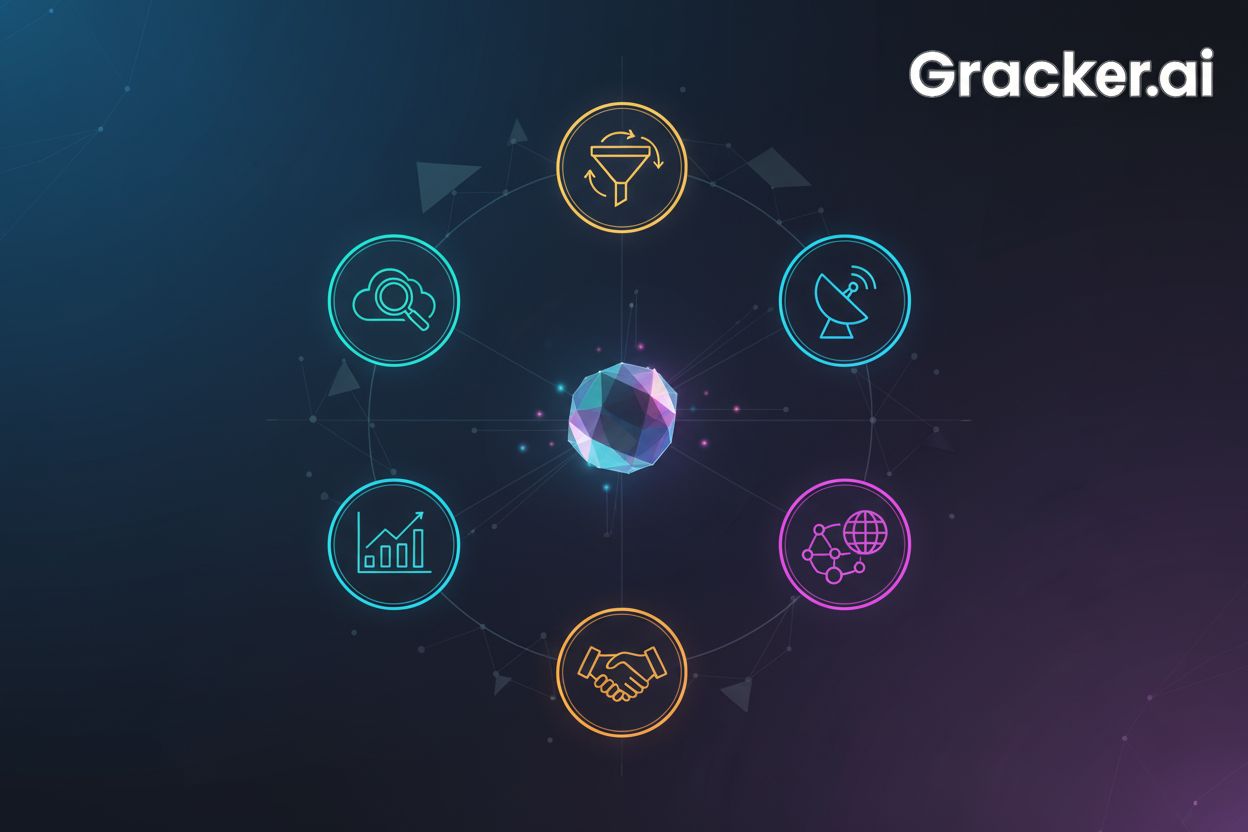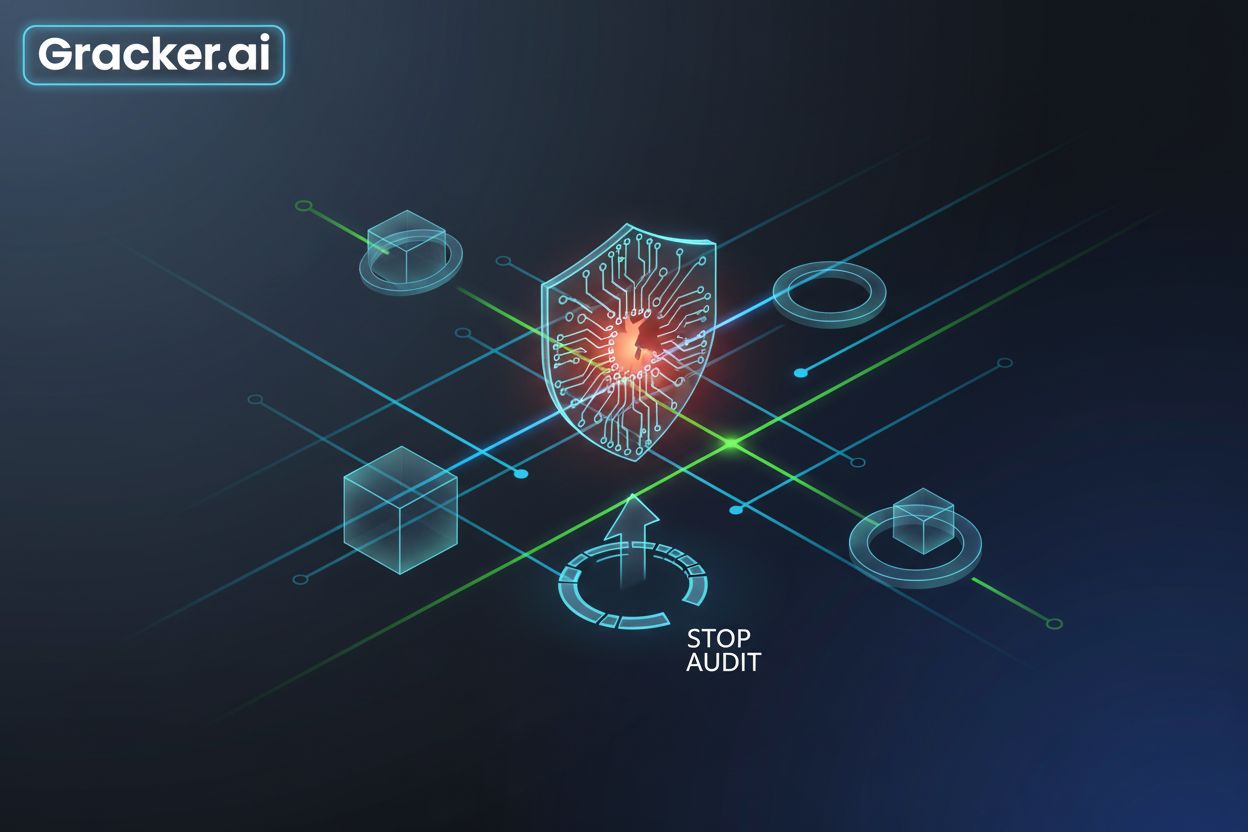Growth Hacking: The Art of Rapid Business Expansion
What is Growth Hacking?
Imagine this: a small startup with a big idea but a limited budget. It can't afford traditional marketing campaigns, yet it needs to attract users and ignite rapid growth. This is where growth hacking enters the scene. Growth hacking is a creative approach to growing a business quickly and efficiently. It's about finding clever, often unconventional, ways to attract more customers and increase revenue. Growth hackers use a mix of marketing, product development, and data analysis to achieve rapid growth. Growth hacking isn't just a buzzword; it's a mindset, a set of experimental tactics, and a data-driven approach to achieving exponential growth with limited resources.
The Birth of Growth Hacking
The term "growth hacking" was coined by Sean Ellis in 2010. Ellis, who helped several internet companies achieve incredible growth, realized that traditional marketing methods weren't enough for fast-growing startups. He needed a new way to describe the unique blend of skills required to fuel rapid growth in the digital age. How Tech Companies Use Growth Hacking Many successful tech companies have used growth hacking to skyrocket their user base. Let's look at some famous examples: 1. Dropbox: They offered free storage space to users who referred friends. This simple idea led to a 3900% increase in users over 15 months. 2. Airbnb: They created a feature that allowed hosts to automatically post their Airbnb listings on Craigslist, tapping into a huge existing market. 3. Hotmail: They added "P.S. I love you. Get your free email at Hotmail" to the bottom of every email sent through their service, turning every user into a promoter. 4. LinkedIn: They encouraged users to upload their email contacts, helping the platform grow through existing connections. 5. PayPal: They offered a $10 bonus for signing up and referring friends, leading to 7-10% daily growth.
Growth Hacking and Marketing
Growth hacking isn't just a fancy term for marketing. While it includes marketing, it goes beyond it. Growth hacking can complement traditional marketing efforts by providing a framework for experimentation and rapid iteration. Growth hackers often use data-driven marketing techniques like A/B testing, funnel analysis, and cohort analysis to identify the most effective channels and tactics for growth. Here's how they differ:
Focus: Marketing aims to increase brand awareness and sales. Growth hacking focuses solely on growth, often at the expense of other goals.
Scope: Marketers typically work on branding, communication, and promotions. Growth hackers are also involved in product development, user experience, and data analysis.
Methods: Marketers often use established channels and techniques. Growth hackers experiment with new, sometimes unorthodox methods.
Speed: Traditional marketing often plans long-term campaigns. Growth hacking aims for quick results and rapid iteration.
Beyond Marketing: Growth Hacking in Every Department While growth hacking has its roots in marketing, it's not limited to just one department. A true growth hacking mindset permeates every aspect of a company's operations:
Product: Growth hackers focus on creating products that users love and want to share. They use feedback loops and A/B testing to optimize product features and user experiences.
Engineering: Growth hackers work closely with engineers to implement features that drive user acquisition and retention.
Customer Service: Growth hackers view customer service as an opportunity to build relationships and turn customers into advocates.
Use Cases Beyond Tech While growth hacking started in the tech world, its principles can apply to various industries:
- E-commerce: Online stores use A/B testing to optimize their websites for more sales.
2. Education: Online courses use free introductory content to attract students. 3. Non-profits: Charities use social media challenges to spread awareness and increase donations. 4. Restaurants: Some use limited-time offers or secret menus to create buzz and attract customers. 5. Publishing: Authors give away free chapters or short stories to hook readers.
The Growth Hacking Mindset
Growth hackers are obsessed with growth. They're not afraid to experiment, test new ideas, and challenge conventional wisdom. They prioritize results over vanity metrics and constantly look for innovative ways to accelerate growth. At its core, growth hacking is about adopting a certain mindset:
- Data-driven: Growth hackers rely heavily on data to make decisions.
- Creative: They think outside the box to find unique solutions.
- Agile: They're ready to pivot quickly based on results.
- Product-focused: They believe the product itself should drive growth.
- Experimental: They're always testing new ideas.
Challenges and Criticisms Growth hacking has its critics. Some argue that it focuses too much on short-term gains at the expense of long-term brand building. Others worry about the ethical implications of some growth hacking tactics.
The Future of Growth Hacking
As markets become more saturated and users more savvy, growth hacking is evolving. The future likely lies in more sophisticated data analysis, personalization, and a greater focus on user retention alongside acquisition. Growth hacking is a powerful tool that can help any company, regardless of size or budget, achieve rapid growth. It's about finding creative, data-driven solutions to your biggest challenges and never settling for the status quo. By embracing the growth hacker mindset, you can unlock new opportunities, accelerate your growth trajectory, and achieve remarkable success in today's competitive landscape. In conclusion, growth hacking represents a shift in how businesses approach growth in the digital age. It's not a set of tactics but a mindset that combines creativity, data analysis, and a relentless focus on growth. As the business world continues to evolve, the principles of growth hacking are likely to become increasingly important across all industries.





